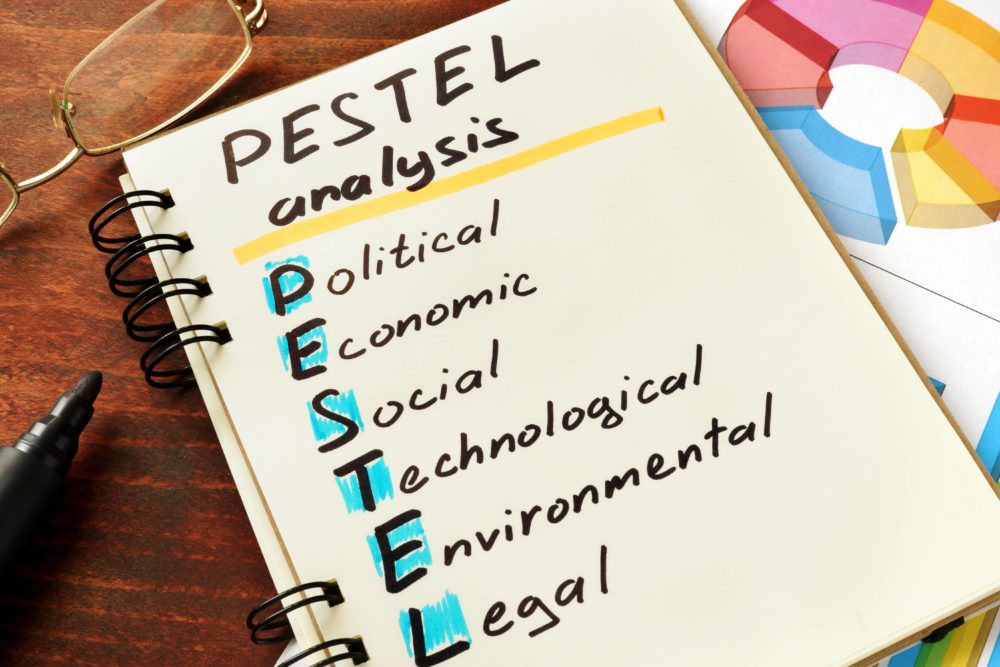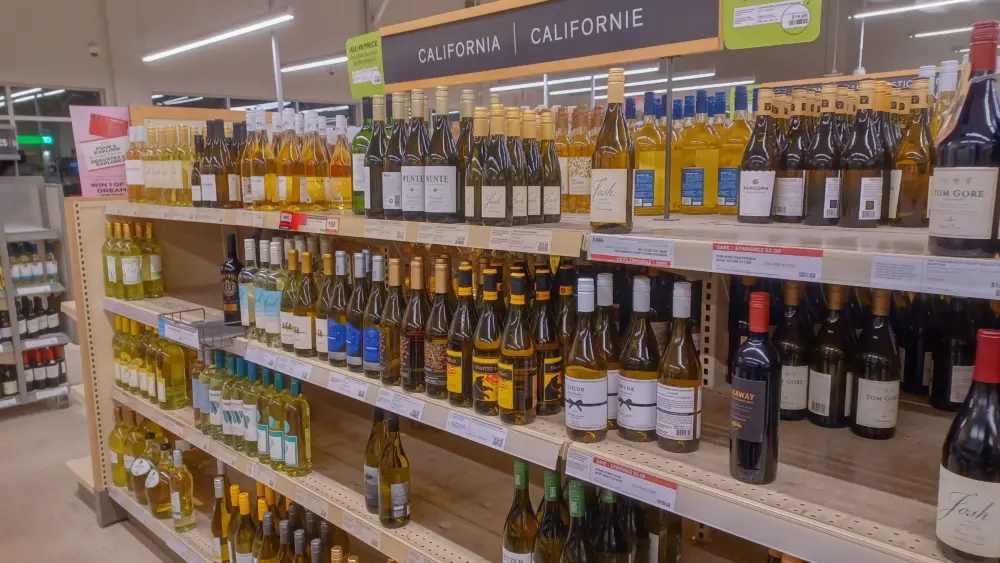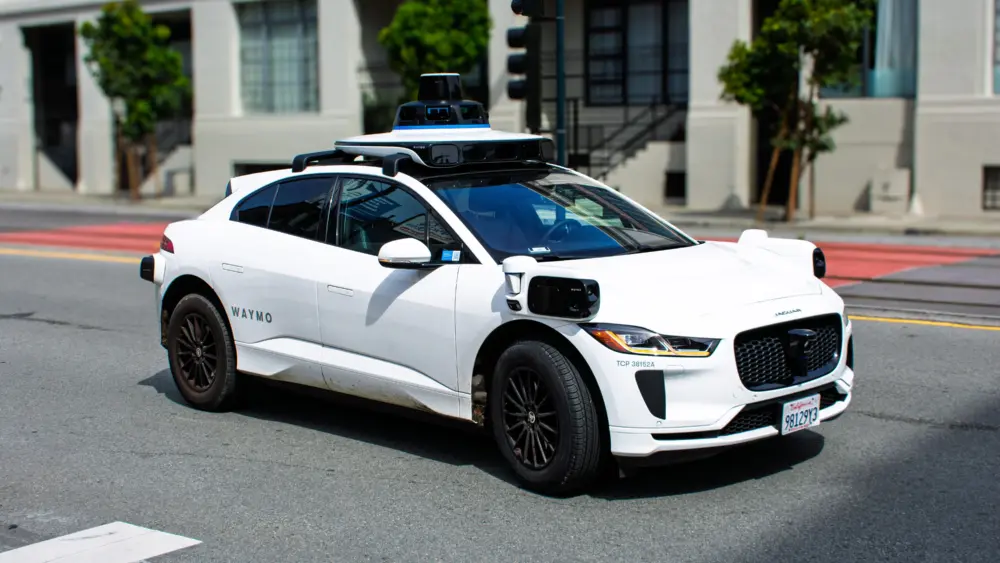
If you’re in the winemaking or winegrape growing business, you probably feel as if the entire industry is on a gut-wrenching, roller-coaster ride.
The ongoing tragedy of the coronavirus pandemic is painful enough for everyone. Then heap onto that economic uncertainty and a host of wine-specific challenges such as changing consumer preferences, increasing negative health claims, frequent devastating wildfires, smoke taint, wine used as a pawn in multiple ill-conceived tax wars and changes in insurance pricing. These factors have combined to create a perfect storm that will have lasting impacts on the wine industry and contribute heavily to which companies thrive and which outright fail.
The question is: how might companies prepare for success in uncertain times, while trying to survive the current cacophony of calamities? As any business consultant can tell you, when in doubt, lean on a framework to help you through. In this case, I recommend a two-step method. First, using the PESTELE framework to analyze and assess the macro-environmental factors that are impacting your company and then using those findings in a subsequent strengths, weaknesses, opportunities and threats (SWOT) analysis.
One of the most critical aspects of using any framework is to embrace both what you know and what you don’t know. If there are areas where you have incomplete information, such a finding often highlights key blind spots and will require further exploration. Additionally, honesty is the best policy. When you list something as “known,” be sure to test any assumptions and have backup support for any position or data. Ask yourself and any others who are providing information, “What makes you certain of X, Y or Z?” If you’re not satisfied with the answer, then it’s time to dig deeper.
The PESTELE model
PESTELE stands for political, economic, social, technological, environmental, legal and ethical.
For the P, write down everything you can think of in terms of the political influences on your company. These can include factors such as governmental policy, political stability or instability in your various markets, new and existing trade, tax policies, environmental laws and labor laws.
For E, it’s time to take a closer look at your P&L and also explore the current environment for loan acquisition and/or consolidation. If you’re a large organization, then your CFO should have this analysis at the ready. Either way, it’s critical that you understand how your business finances have changed in the last few months to the level of understanding any new risks, opportunities or blind spots.
Within the S category, consider how your company’s culture has changed. What is working and what is not working for your owners and employees? Beyond that, how have your customers changed or remained the same? Once you’ve made a preliminary list, if you have questions it’s good to send out a small survey and make a few phone calls to important constituents.
As for T, what is working (and not working) within your world in terms of technology? What have you found to be the most effective ways to communicate with your employees and customers? Have you jumped onto the Zoom bandwagon only to find that a good old-fashioned phone call can work wonders? Were you caught off guard when you submitted your grape/wine samples to assess smoke taint only to find out that the wait times for results were six to eight weeks out? Whatever the case, make your list and check it twice.
Not only should you look at the current environmental factors affecting your business in E, but you should also watch for those on the horizon. Changes in policy are one thing, but here it’s important to list all of the impacts that wildfires have had on your business. From the extra cost of preparedness—and how to deal with harvest before, during and after a fire—to distribution and keeping the lights on during an event. Do you need more generators or a backup production location or even an alternative for communications when cell service is intermittent or lost?
And finally, do you have any existing or new legal (L) exposures? And what is your ethical (E) position on health claims surrounding wine, employee safety, customer well-being and climate change?
Luck vs. strategy
I realize this exercise sounds daunting, given all the other tasks you’re attempting at the moment. For that reason, most in the industry will forgo undertaking such a project at this time because they’ll convince themselves that it’s just a nice-to-have analysis or that it is something better left for the future. If so, you might be one of the many companies headed in the best case for a lucky streak of success or in the worst case, even more challenges. Be careful if you choose to hope for luck. In my experience, being lucky is always a wonderful outcome, but never a sound business strategy.
Author
-

Tim Carl lives, writes and teaches in Calistoga. He grew up in St. Helena and traces his Calistoga grape-growing roots back five generations. You can reach him at tcarl@northbaybiz.com.
View all posts



